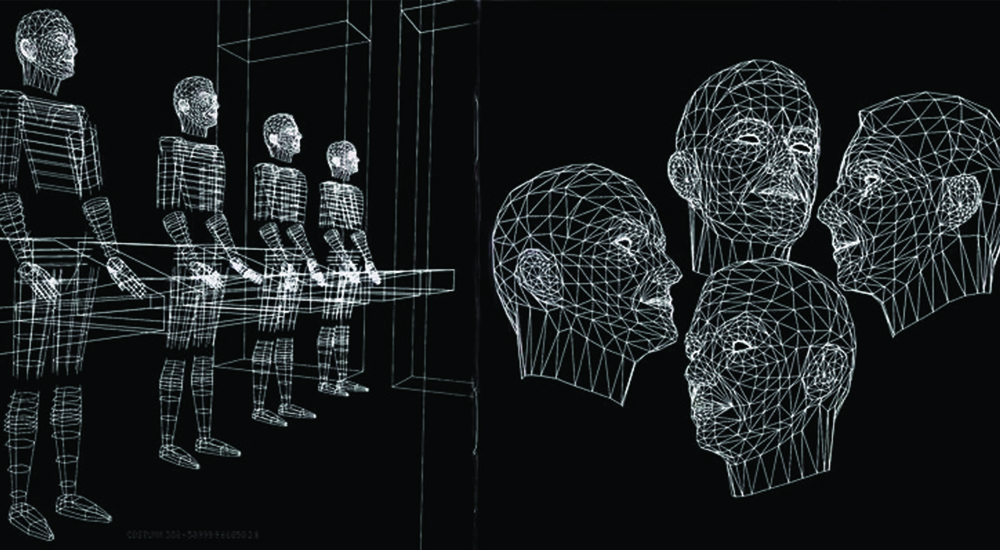VELOCITY SENSITIVITY
Velocity sensitivity is a way to modify your sound via how hard you hit/press the key or drum pad, most commonly routed to volume, multi-samples or a low-pass filter. For example, on a real life instrument such as a snare drum, there’s a huge variety of sounds available depending on how one hits the drum – it isn’t the exact same sound repeated over and over. If you think about what’s actually happening to the sound as you increase the power of the hit, the main parameters of change are probably the attack, decay length, volume and tone. Fortunately with modern sampling software we can route hit velocity to all these things and create a pretty natural sounding drum from a single sample. Even if you don’t have a nice drum pad MIDI controller such as Maschine, manually varying the velocity of each hit in your beat via your DAW’s MIDI editor only takes a few seconds and can add a much more natural feel.
Creative options are aplenty here as well; using a multi-sampling setup means you can have a hard hit trigger a different sample to a soft hit. Many sample libraries come with a few different hits of the one drum for this purpose. But in reality you can do whatever you like.
On synths, a fun thing to play around with is wave-shaping via velocity. For example, a soft hit triggering a muted sine wave sound, a harder hit triggering a more aggressive saw tooth wave.
Obviously you’re limited by the options your software or hardware has included here, but velocity is a pretty well explored sound modifier, digging around and doing some Googling will likely find you ways to do just about everything you can imagine.
SWING
Swing, by definition, is the practice of playing a set of notes with equal time values in unequal durations. For example, a string of notes in a bar will be played with one note hanging longer than the next: 1-2–34 rather than 1-2-3-4. There’s a huge variety of swing styles out there, much too much to get through here, but it’s well worth exploring to bring out more of a natural groove in your percussion and bass lines. Entire genres of music are defined by their swung beats and notes; much of house and hip-hop utilised early samplers and drum machines’ inbuilt swing functions to get their famous groove.
Ableton Live has a pretty great feature that creates a swing setting based on an imported piece of audio, so if you really like the groove on a certain track, you can ask ableton to detect its groove and apply it to your own quantised drums.
NOT QUITE QUANTISED
No human has 100% perfect timing, so programming in perfectly timed MIDI notes can often sound a bit robotic. Pushing your notes slightly out of their grid can add a more natural feel and your own natural swing. Your ears are the boss here, experiment with late kick drums and early snares for a bit of extra drama – some producers go as far as turning quantise off completely, relying only on their ears and natural rhythm. Many DAWs now have a great feature that will quantise your finger-drummed in rhythm only a certain percentage, tightening up the beat without sacrificing your natural swing completely.
Electronic music can have soul, though it may not come as naturally as a band playing traditional instruments. In the end it still comes from you, the musician. With some experimentation and practice you’ll have natural grooves in your productions in no time.







